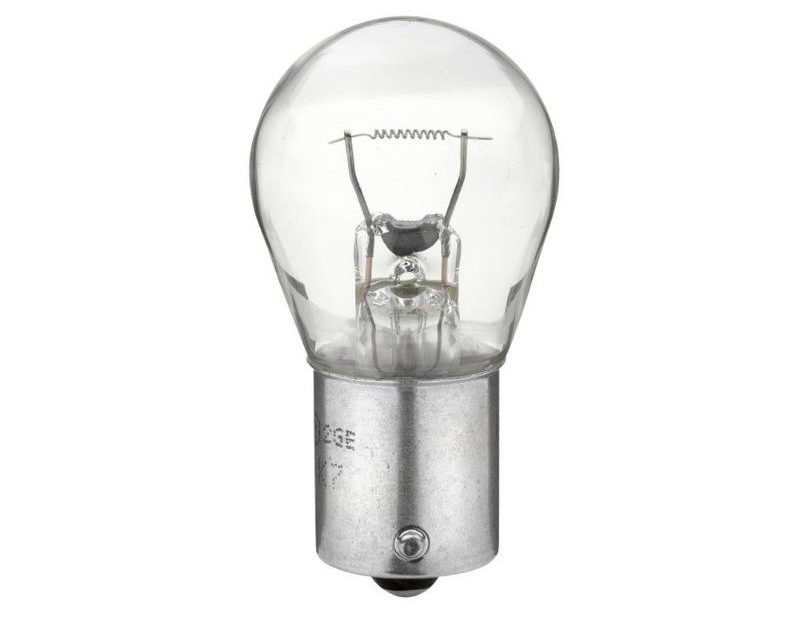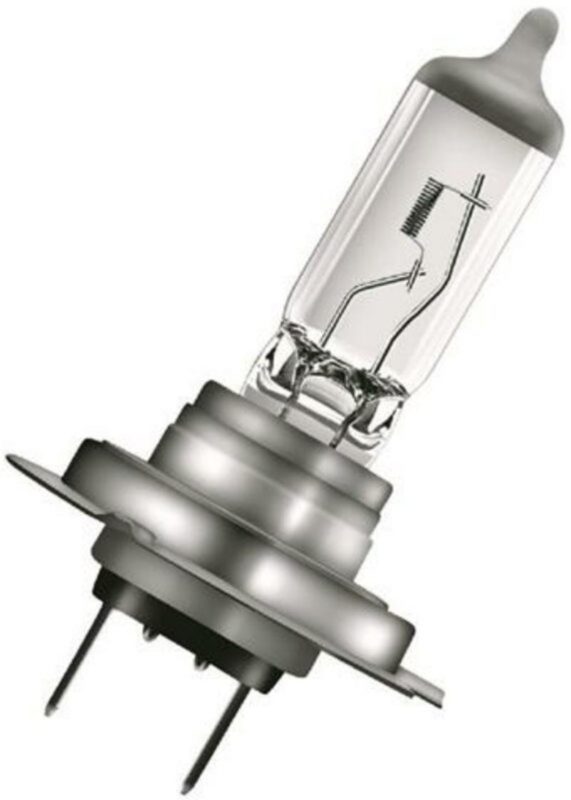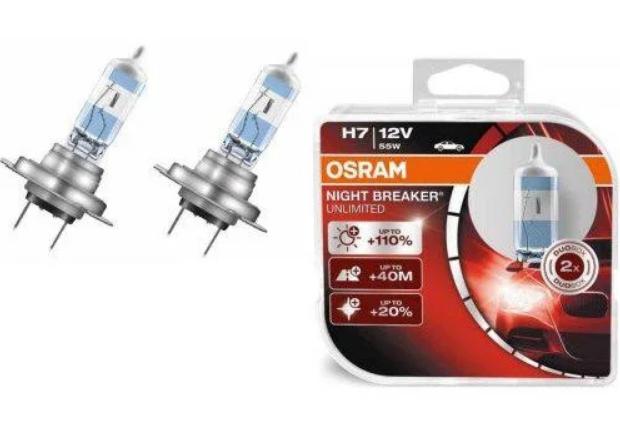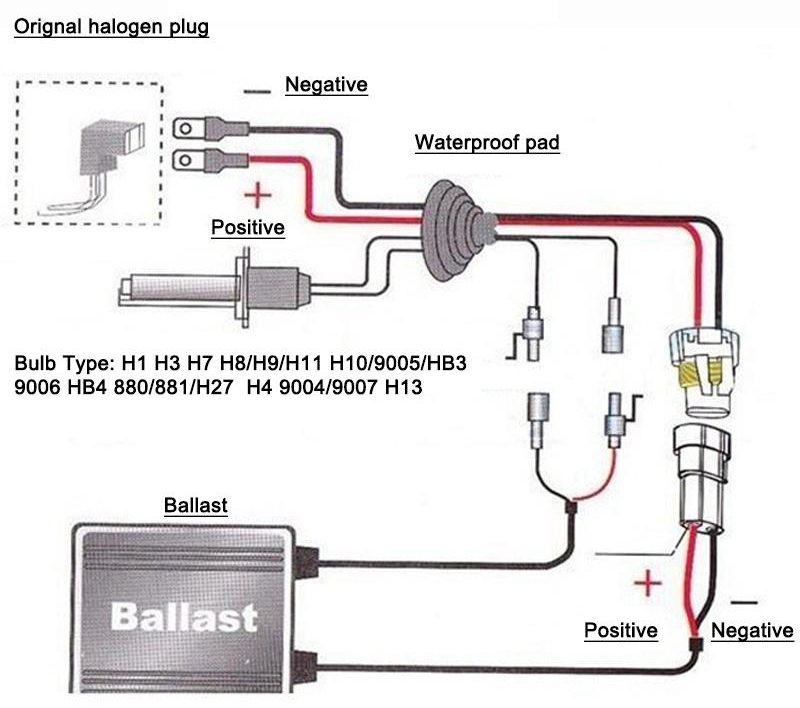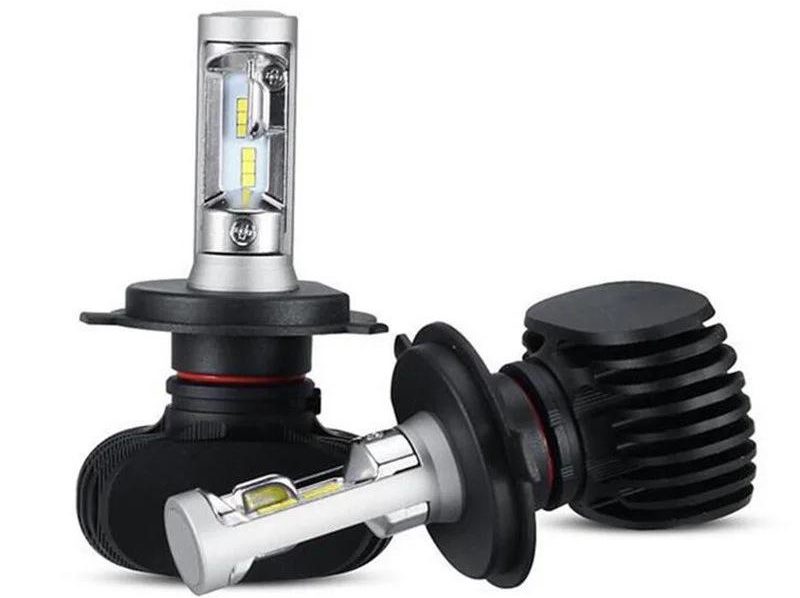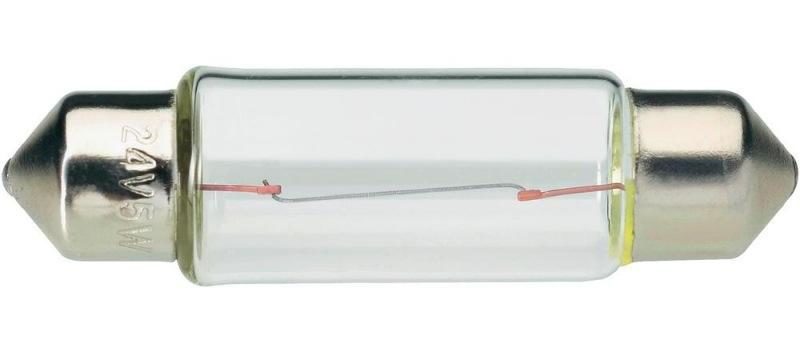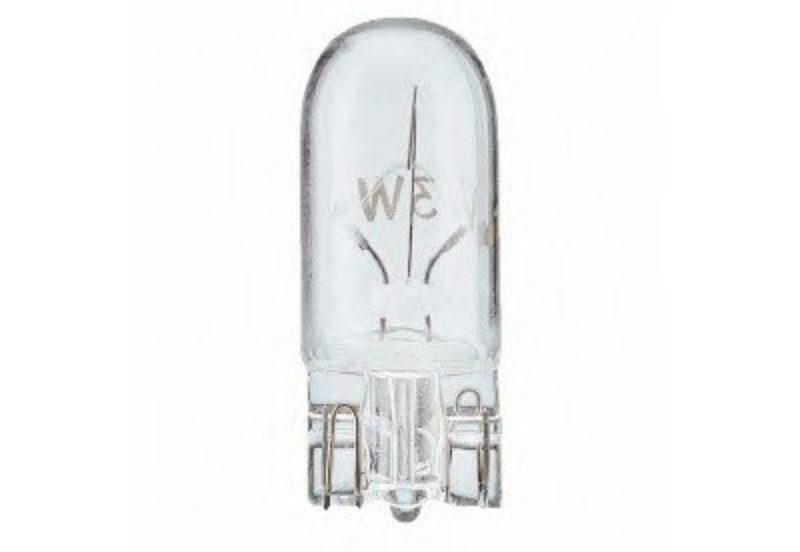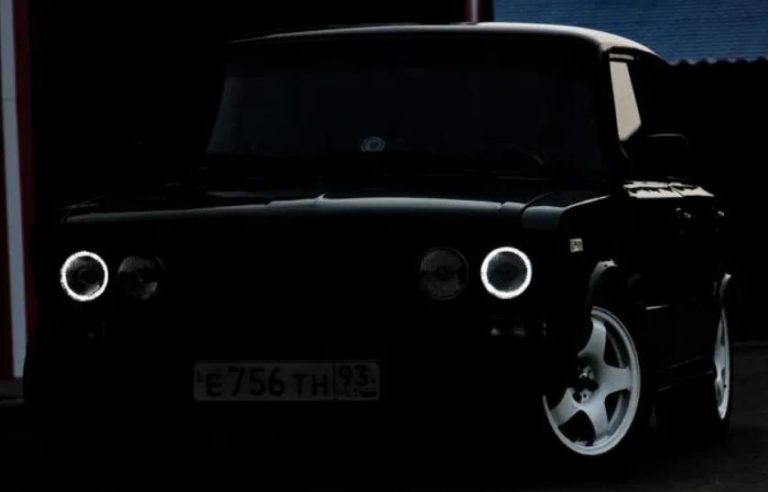Car lamps - types, marking, purpose and appearance
The lighting elements in cars and their mounting systems vary depending on several factors:
- vehicle manufacturer's country
- car brand
- year of manufacture of the model;
- the purpose of the lamp in the design.
Thus, bases of automobile lamps are not interchangeable and replacement of a burned out light turns into a rather complicated process. We have to understand the designations, decipher the marking on a particular element, and even the same type of bulb varies in performance characteristics. At the same time, the lack of a single standard opens up opportunities for motorists who want to not only replace the unit, but also to upgrade their car lights, which is called in common parlance "kolhozny tuning".
Bulbs according to the laws of traffic police.
Concerning the legality of such activities, everything is ambiguous, since the regulatory agencies prohibit interference in automobile construction. In principle, these measures are not unreasonable, because most drivers want to achieve maximum illumination of the roadway, to the detriment of oncoming traffic, which blinds the bright light. The situation is contradictory, because on the one hand, even a momentary dazzle from oncoming headlights can lead to loss of control, and on the other hand, the lack of roadway lighting also increases the risk of accidents. In practice, the only way to make the road in front of the car more distinguishable at the moment of illumination by oncoming headlights is to increase the brightness of your own.
In the end, all locked in a pursuit of brightness and some states, including the Russian Federation at the legislative level are trying to regulate this issue, maintaining a common standard for the level of emitted light, the degree of side lighting and the presence of a clearly defined boundary between the central and peripheral light spots. However, according to statistics about 40% of all cars in the Russian Federation have in the headlight design lamps that are not provided by the manufacturer cars. In most cases, this is not a reason for drawing up a protocol on violation of the rules by traffic police officers, because It is difficult to visually detect any inconsistency with the ED (operational documentation) of the headlamp assembly.
From July 1, 2021 in Russia, the legality of any changes made to the vehicle design, not stipulated by the operational documentation, will be assessed by the traffic police with a laboratory method according to GOST 33670-2015. This means that everyone can legalize their car tuning, if the laboratory expertise proves the safety of the modifications.
In the United States, by the way, the "lawmakers" do not bother with such questions and allow driving with any attachments. In any case, even to install the original light bulb you have to navigate in the main types and modifications of auto lights, as ways of installation and mounting, as well as power sources for auto lights are not unified.
Some historical facts
The first head light bulbs for cars Carl Benz in 1985 were the usual kerosene lamps.
By the end of the century, kerosene light sources were replaced by acetylene lights, similar to steam locomotive lights, operating on the principle of a gas burner.
And only in 1910, Cadillac and Rolls-Royce were equipped with the first battery-powered headlights with the familiar reflector, working on the principle of an Ilyich bulb.
Since then, the electric power source for the lamps has remained unchanged, which cannot be said about the principle of their operation and design features affecting the main characteristics of lighting devices.
Types of car lamps
According to these criteria, there are several types of electric lamps used in the automotive industry.
Incandescent
These consist of a tungsten filament in a glass bulb, from which the air is exhausted as much as possible. When voltage is applied to the opposite ends of the filament, the tungsten is heated, accompanied by the emission of photons of light in the visible spectrum. Due to insufficient power and low resource, as well as the warmth of luminescence up to 3200 K for headlights, this type of car lamps is used only in antique retro cars. And in modern cars it is used for interior and instrument panel illumination.
Read also: Headlight marking and decoding
Halogen
A modification of incandescent bulbs, consisting in that instead of vacuum, bromine and iodine halides are pumped into the bulb. These halogens prevent particles of evaporated tungsten from sticking to the inner surface of the glass. Actively moving inside the bulb, these particles get back to the filament and are welded to it under the influence of temperature. Thus, the tungsten filament is partially regenerated. The process, however, is not infinite, because the vaporized particles are deposited in a chaotic manner, forming unequal areas of thickness, which eventually leads to filament burnout in the thin gaps. In addition to single-strand headlamps, double-strand lamps are used in which the spirals are arranged so that one serves for dipped beam and the other for high beam.
In addition to doubled life, halogen lights are two times brighter than conventional incandescent bulbs and similar auto lights are widely used to this day.
Halogen
At the end of the last century, halogens were partially superseded by xenon lamps. Unlike its predecessors, these devices operate on the principle of arc discharge in a gas environment. The bulb of these lamps is made of durable quartz glass, xenon gas is pumped into the bulb, and two tungsten electrodes with invar spacers are soldered into it on both sides. When voltage is applied to the electrodes, a discharge occurs between them with the emission of photons of light. Since xenon itself forms a column of luminous plasma only near the cathode, mercury, sodium and scandium salts are added to the bulbs of car lamps. Due to this, the main flow of light is formed by the salt and mercury vapor, and the xenon serves for the primary start and warming up of the main elements. The light of such lamps gives a bright flux, heat up to 6000 K. It is these characteristics that are so attractive to car owners, but a special ballast is needed to start and work the gas discharge.
Bi-xenon lamps - the same xenon lamps, but installed in a special mechanism that regulates the focal distance and direction of illumination - are used for headlamps, where separate optics are not provided. Headlights that do not have such a mechanism are deprived of the ability to switch between low and high beam modes with xenon lamps.
Read: The 6 best models of xenon bulbs
LED
The next stage of evolution in auto lighting - LED lamps. Here, a semiconductor crystal placed under a phosphor fill acts as a light source. In the design of the lamp there is a control circuit and driver, necessary for the operation of LEDs. Since the LED elements and the driver are very hot, a massive heat sink is needed for the heat sink. The crystals themselves are placed on both sides in the form of tracks that mimic the filament. The upper lane is responsible for the low beam and the upper lane for the high beam, and both groups are covered with hemispheres cutting off the direct rays so as not to dazzle oncoming drivers. These lamps have a service life of up to 20,000 hours and the warmth of light in almost any desired range, up to 8,000K, which makes them the most durable and brightest of all analogs. The main disadvantage of LED car lights is that they do not have light distribution across the radius of the reflector and lens, like halogen or xenon. Hence there are two problems:
- Their installation is possible only in a strictly aligned horizon, far from always coinciding with the design of the landing place in the headlight.
- To realize the full potential of such devices you need optics and reflectors originally designed for LED lamps.
The latest development based on LED technology is laser headlights. This innovation has increased the range of headlights up to 600 meters, but too narrow a light cone and the space prices of lasers do not yet allow the novelty to spread on the market to the full extent.
Recommended: 7 best LED bulbs for cars
Types of auto bases
To hold the lamp in the seat and to seal the bulb, you need a cap that has contacts to connect to the power source. Depending on many factors, the bases differ in shape and size of structural elements.
With protective flange.
A.k.a. focusing. It is used in headlamps, as the studs on the flange are exactly in line with the fit grooves. This allows you to achieve the same focus of the rays in the left and right headlight with a strict angle of inclination. It is fastened by means of bolts or a pressure spring located at the rear of the headlight housing. In fog lights, the glow plug, gas bulb or LED panel is positioned perpendicular to the reflector. The connection to the contacts is made by means of terminals.
Soffit
They are shaped like voltage fuses. This arrangement of the bases allows these light sources to be installed in flat elements of the structure. They are used for license plate illumination, instrument panels, interior, trunk.
Pin .
They are also bayonet. Similar to the threaded ones, but one or more pins perform the function of the thread. The pins can be offset in height and radius. The fixation is done by turning the lamp 10-15 degrees clockwise until it stops. As the contact is the metal body of the base and one or two pads on the end. Used in all types of lighting except for head lights, most often for turn signals, brake lights, parking lights.
With glass base
There are no metal fasteners in this lamp, and the retention in the seat is made by fixing the spring clip in the socket. Installed in parking lights, emergency lighting, dashboard lighting and everywhere else where you do not need a lot of power.
New types of bases
As such, there are no fundamentally new types of connections, which have become widespread so far. All that manufacturers do is modify existing options, changing the shape and location of the mounting elements for the sake of binding the consumer to a particular company and service companies. An example may serve as a socket H4, H7, H19 in which there is practically no difference, but to install them in the same socket will not work, as the protrusions on the flanges of these lamps differ in size. There are adapters for some types of connections, but their use makes the device more vulnerable to external influences.
Video: Which bulbs are specially shortened by their manufacturers.
Marking and designation of car lamps
By number of contacts.
In some markings, at the very end, a small Latin letter indicates the number of contacts in the base on the principle of the first letter of the Latin calculus:
- s (single) - 1;
- d (duo) - 2;
- t (tres) - 3;
- q (quatro) - 4;
- p (penta) - 5.
An example of this is the common base P45t, where the letter t means that the bulb is powered through three contacts.
According to the type of socket
According to GOST 2023-88, adopted in Soviet times, in the marking of lamps is not always laid information about the specific type of connection system. For example:
- AKG - is an abbreviation which means that the device is a car quartz halogen lamp;
- А - a letter informing only that the lamp belongs to a motor vehicle;
- AMN - Motor vehicle lamp, where the letters MN indicate miniature size;
- AC - is the only case where the letter C is used to denote the soffit base.
With the ECE standard it is a bit better. Here already allocated separate designations for maximum informativeness of all design features of the lighting fixture, where:
- H - halogen bulb;
- T - miniature;
- R - standard with a base diameter of 15 mm.
Regarding the specific type of socket, the European marking differentiates:
- P - flanged;
- W - glass;
- BA - Bayonet, with symmetrically placed pins;
- BAY - Bayonet, with pins offset in height;
- BAZ - Bayonet, with radial and height offset pins;
- G - pin;
- E - threaded.
If the lamp is made in the USA, the American DOT standards provide the following designations:
- HB1 и HB2 - Halogen, double stranded bulb;
- HB3 - single-line high beam;
- HB4 - Single-line low-beam;
- D1R, D1S - Gas-discharge, first generation;
- D2R, D2S - second-generation discharge.
Letters S и R indicate lenticular and reflector type optics.
By color.
In the abbreviation for the color of the bulb, there is only one designation - the letter Y, from the English yellow, informing about the yellow color of the bulb, eg, WY5W.
All other modifications are specified by the company directly in the name of the device model, e.g. Whitebeam III, CoolBlue, etc.
Table of bulb socket and automobile bulb compatibility
At the same time in the lamps H и HB each type has the corresponding dimensions in which the radius of the bulb and the base are strictly regulated. The dimensions are shown in the picture.



